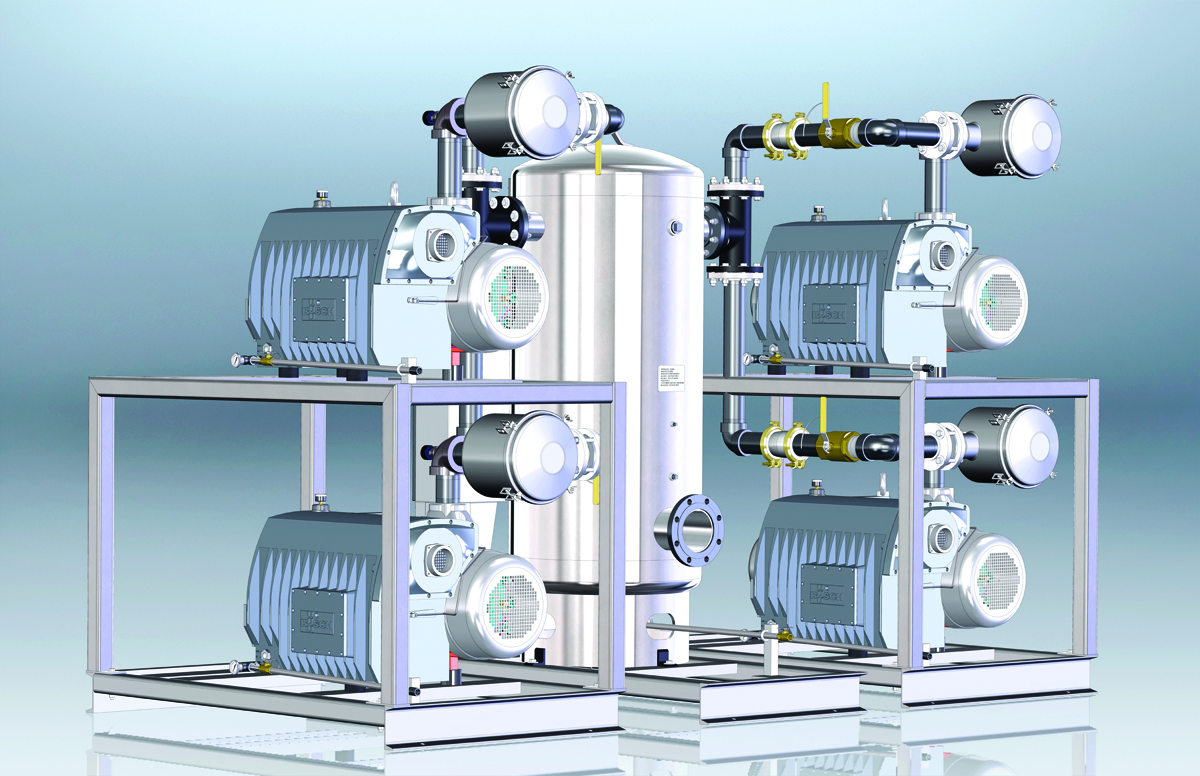The construction industry relies heavily on collaboration between various project stakeholders to deliver built assets on time and within budget. Strong partnerships between the client, design team and contractor are essential for navigating the complexities inherent in building projects. This article examines the benefits of forging strategic alliances between parties and how effective partnership models can lead to optimized project outcomes.
Establishing Clear Project Objectives
Effective partnerships are built on a foundation of transparency and mutual understanding of project goals. At the outset, the client must articulate a clear vision for what they want to achieve through construction. The design team and contractor must then engage in comprehensive discussions to ensure technical feasibility of the design and realistic cost and schedule estimations. Setting unambiguous expectations through open communication lays the groundwork for true collaboration going forward.
Early Contractor Involvement
One way to foster collaborative relationships is through early contractor involvement (ECI) procurement models. Bringing the contractor on board at concept design stage allows them to provide valuable constructability feedback and identify potential issues. Their input can help refine designs for ease of construction while controlling costs. ECI also gives the contractor early visibility into the project which aids more accurate project planning and risk quantification later on. Overall, it leads to optimal integration of design and construction.
Integrated Project Delivery
An integrated project delivery (IPD) in Building Construction Partnership approach further strengthens collaboration to yield significant mutual benefits. In IPD, key stakeholders like the owner, designers and builder form a multi-party agreement based on a shared financial interest in project success. They work as an integrated team from project inception using modern tools like building information modeling (BIM). The synergy unleashed through IPD creates an environment of trust, openness and joint risk-reward which nurtures innovation and drive for exceptional outcomes. Several leading organizations have reported significant achievements with IPD.
Overcoming Delivery Challenges
Despite best efforts, construction projects can face unexpected hurdles. Effective partnerships enable proactively dealing with challenges. Project partners need to view problems as collective rather than individual issues. Regular joint reviews help surface brewing concerns for collaborative resolution. Partnering charters and dispute resolution protocols streamline decision making and prevent escalation. Most importantly, strong relationships facilitate open conversations to gain a unified understanding of constraints. Partners support each other through flexible problem-solving instead of conflict, upholding project success as the shared priority.
Promoting a Culture of Collaboration
While formats like partnering charters set formal structures, an integrating culture sustained through the project duration is equally crucial. Leaders must champion collaboration by encouraging participation across silos. Incentivizing cooperative behaviors and rewarding team achievements nurture collective orientation. Knowledge-sharing platforms keep communication flowing, ensuring mutual learning. Social bonding activities help partners recognize each other as allies rather than adversaries. A cohesive project culture, more than any agreement, binds teams through challenges as true partnerships.
In today’s complex construction environment, effective collaboration is no longer optional but essential. Strategic partnership models that bring stakeholders together early with aligned incentives have demonstrated potential for delivering unprecedented outcomes. However, sustaining collaborative excellence requires conscious efforts to foster openness, mutual understanding and harmonious relationships over short transactional interests. With a culture of partnership, construction value chains can realize far greater efficiencies while consistently surpassing client expectations.
*Note:
1. Source: Coherent Market Insights, Public sources, Desk research
2. We have leveraged AI tools to mine information and compile it



